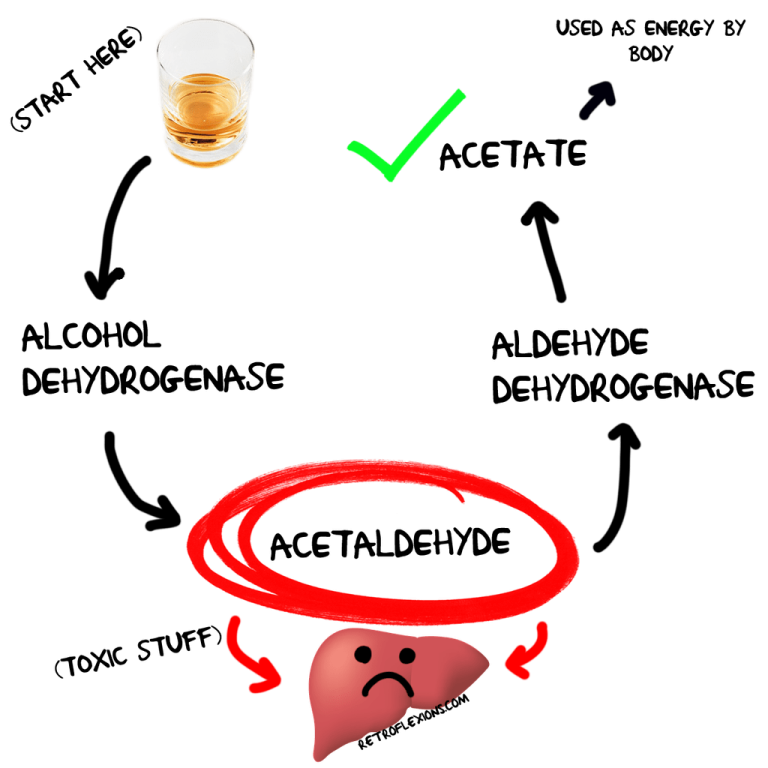
How Many Years of Drinking Before Liver Damage?
My uncle, a man of robust health and an avid social drinker, was diagnosed with liver cirrhosis at the age of 55. The news shocked our family, as we had never considered his drinking habits to be excessive. However, as we delved deeper into the issue, we realized that even moderate alcohol consumption can lead to liver damage over time.
This experience prompted me to explore the topic of alcohol-related liver damage, specifically, “How many years of drinking before liver damage?” In this article, we will delve into the causes, symptoms, and timeline of alcohol-induced liver injury, providing insights from medical experts and research studies.
Understanding Alcohol-Related Liver Damage
The liver, a vital organ responsible for numerous essential functions, including detoxification, protein synthesis, and bile production, can be severely affected by excessive alcohol consumption.
Alcohol is metabolized in the liver, where it produces toxic byproducts that can damage liver cells. Initially, the liver has the capacity to repair itself through a process called regeneration. However, prolonged and heavy drinking can overwhelm this regenerative ability, leading to the accumulation of scar tissue and the development of liver disease.
Timeline of Alcohol-Related Liver Damage
The timeline of alcohol-related liver damage can vary depending on individual factors such as genetics, overall health, and drinking patterns.
Early Stage (Fatty Liver): Excessive alcohol consumption can lead to the accumulation of fat droplets in the liver cells, resulting in fatty liver disease. This condition is usually asymptomatic but can progress to more severe stages if alcohol use continues.
Alcoholic Hepatitis: Continued heavy drinking can cause inflammation of the liver, leading to alcoholic hepatitis. Symptoms may include fatigue, abdominal pain, nausea, and jaundice. Alcoholic hepatitis can resolve with abstinence, but if left untreated, it can progress to more advanced stages.
Cirrhosis: Cirrhosis is the most severe stage of alcohol-related liver disease, characterized by the replacement of healthy liver tissue with scar tissue. This can lead to impaired liver function, portal hypertension (increased pressure in the blood vessels of the liver), and an increased risk of complications such as ascites, hepatic encephalopathy, and liver failure.
Tips and Expert Advice
To minimize the risk of alcohol-related liver damage, experts recommend the following tips:
- Moderate Alcohol Consumption: Limit alcohol intake to moderate levels, which is defined as one drink per day for women and two drinks per day for men.
- Avoid Binge Drinking: Binge drinking, which involves consuming excessive amounts of alcohol in a short period, is particularly harmful to the liver.
- Consider Abstinence: If you have a family history of liver disease or other medical conditions that increase your risk, consider abstaining from alcohol altogether.
Additionally, individuals who are concerned about their alcohol consumption should consult with their healthcare provider for personalized advice and support.
FAQ on Alcohol-Related Liver Damage
Q: Can light to moderate drinking cause liver damage?
A: While heavy drinking poses a greater risk, even light to moderate alcohol consumption can contribute to the development of fatty liver disease over time.
Q: Are some people more susceptible to alcohol-related liver damage?
A: Yes, factors such as genetics, obesity, and certain medical conditions can increase an individual’s susceptibility to liver damage from alcohol.
Q: Is there a cure for alcohol-related liver damage?
A: The extent to which alcohol-related liver damage can be reversed depends on the severity of the condition. Early stages, such as fatty liver disease, can often be reversed with abstinence and a healthy lifestyle. However, advanced stages, such as cirrhosis, are irreversible.
Conclusion
Alcohol-related liver damage is a serious health concern that can develop over time with excessive alcohol consumption. Understanding the timeline and causes of liver damage can empower individuals to make informed choices about their drinking habits. By following the tips and advice provided in this article, individuals can minimize their risk of developing liver disease and maintain good liver health.
If you are concerned about your alcohol consumption or have any symptoms of liver damage, it is crucial to consult with your healthcare provider for a personalized assessment and guidance.
Are you interested in learning more about alcohol-related liver damage? Share your experiences or questions in the comments section below.

Image: precisiondigestivecare.com

Image: www.pinterest.ca
Pin on Healthy, Wealthy, And Wise A 2021 review of research notes that several studies determined that two to four weeks of abstinence from alcohol by heavy-alcohol users helped reduce inflammation and bring down elevated serum